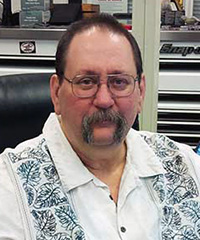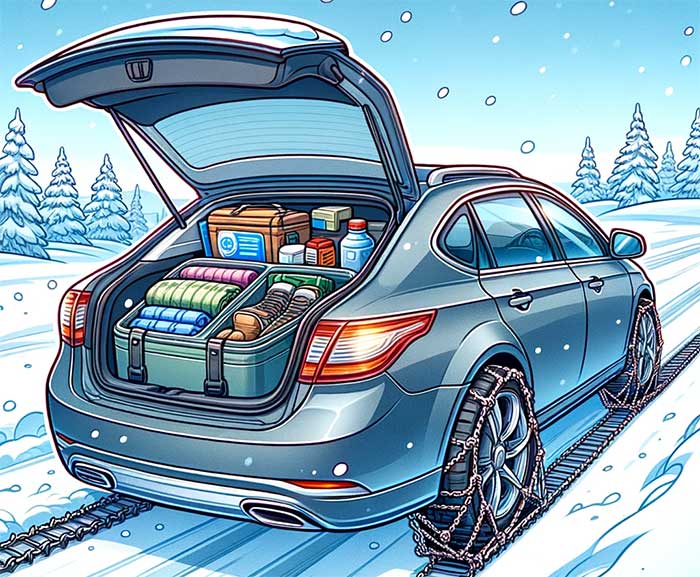Luke's Car Tips & Auto Maintenance Advice
Luke's posts regular blogs to offer you great information and advice about your car maintenance. Check back often for new posts. Search for a specific topic!
 Luke Shaff
Luke Shaff
Seattle may not be famous for heavy snowfall, but when winter comes, the chill can surprise us. Driving during these colder months, whether there's snow on the ground or not, requires extra caution and preparation. Here are five updated tips for safe winter driving in Seattle.
Winterize Your Car: This remains the first and foremost step. In addition to checking your battery, fluids, gas tank, and brakes, consider the advancements in automotive technology. If your car has a feature to monitor tire pressure, ensure it's activated, as cold weather can affect tire inflation. Also, check if your vehicle has a winter mode setting, which can improve traction and control.
Increase Following Distance: The old rule of keeping a 3-4 second gap between you and the car ahead should now be extended even further. With recent studies showing increased stopping distances on icy roads, aim for a 7-10 second gap to ensure ample reaction time.
Plan Your Route Wisely: Always check the latest weather updates using reliable apps or news sources. If a snowstorm is forecast, it's better to delay or cancel your trip. Remember, GPS routes might not always consider winter road closures or conditions, so have a backup plan.
Beware of Icy Conditions: Over 160,000 auto accidents annually are now attributed to icy roads, with black ice being a major culprit. Pay attention to road surface changes and slow down, especially on bridges and overpasses where ice forms first.
Avoid Driving When Possible: If conditions are bad, it's always safer to stay home. Plan ahead by stocking up on essentials. If you must go out, consider public transportation, which might be safer in severe weather.
Stay Prepared and Safe: Seattle's winters may not be harsh, but unpreparedness can lead to trouble. Equip your car with an emergency kit including blankets, a flashlight, and some non-perishable food.
Remember, staying safe is about planning ahead and being cautious.